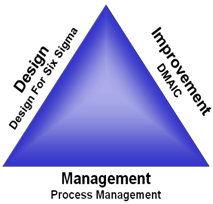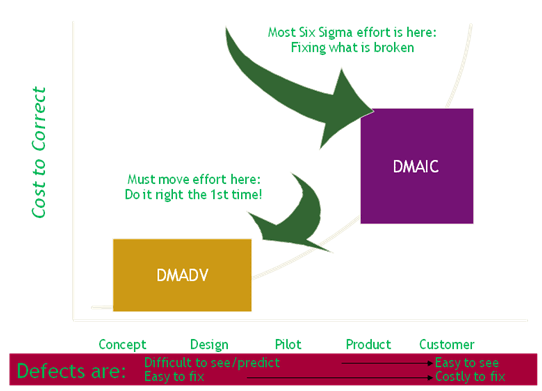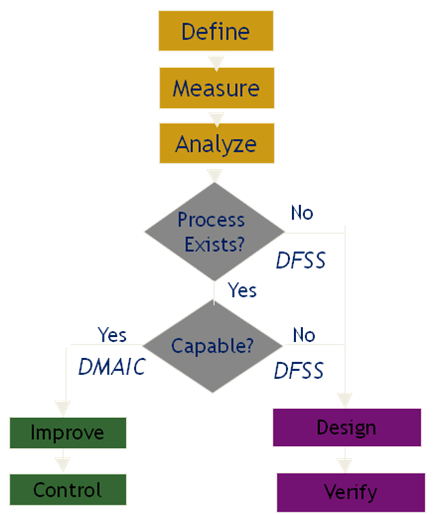Why are Companies Constantly Upgrading their ERP Systems?
February 7, 2025
 The World without Bankruptcy Laws
The World without Bankruptcy Laws
Bankruptcy is one of the natural states which a company may find itself in. Entrepreneurship is primarily about taking risks. When companies take risks, some of them succeed, whereas others fail. Hence failure is a natural part of the business. However, many critics of bankruptcy laws believe that there isn’t a need for an elaborate […]
 The Wirecard and Infosys Scandals are a Lesson on How NOT to Treat Whistleblowers
The Wirecard and Infosys Scandals are a Lesson on How NOT to Treat Whistleblowers
What is the Wirecard Scandal all about and Why it is a Wakeup Call for Whistleblowers Anyone who has been following financial and business news over the last couple of years would have heard about Wirecard, the embattled German payments firm that had to file for bankruptcy after serious and humungous frauds were uncovered leading […]
 Why the Digital Age Demands Decision Makers to be Like Elite Marines and Zen Monks
Why the Digital Age Demands Decision Makers to be Like Elite Marines and Zen Monks
How Modern Decision Makers Have to Confront Present Shock and Information Overload We live in times when Information Overload is getting the better of cognitive abilities to absorb and process the needed data and information to make informed decisions. In addition, the Digital Age has also engendered the Present Shock of Virality and Instant Gratification […]
 Why Indian Firms Must Strive for Strategic Autonomy in Their Geoeconomic Strategies
Why Indian Firms Must Strive for Strategic Autonomy in Their Geoeconomic Strategies
Geopolitics, Economics, and Geoeconomics In the evolving global trading and economic system, firms and corporates are impacted as much by the economic policies of nations as they are by the geopolitical and foreign policies. In other words, any global firm wishing to do business in the international sphere has to be cognizant of both the […]
 Why Government Should Not Invest Public Money in Sports Stadiums Used by Professional Franchises
Why Government Should Not Invest Public Money in Sports Stadiums Used by Professional Franchises
In the previous article, we have already come across some of the reasons why the government should not encourage funding of stadiums that are to be used by private franchises. We have already seen that the entire mechanism of government funding ends up being a regressive tax on the citizens of a particular city who […]
Six Sigma is a process oriented methodology designed to improve business performance by improving specific areas of strategic business processes. There are 2 different methodologies available for carrying out improvements in processes or operations.
Improvements can be of two types: improving the existing process or designing a new process altogether. When we have an existing process and we want to improve the process we deploy the DMAIC methodology. While designing a new process or completely revamping the existing process the Design for Six Sigma or IDOV methodology is deployed.

| DMAIC | DFSS |
| Structured and iterative process improvement methodology | Rigorous approach to designing processes that will exceed customer expectations |
| Focus on defect reduction | Focus on defect prevention |

| Define | Define the problem. Define the customer(s) and the requirements. Define the current capability. Define the key processes that will have the greatest impact on customer. |
| Measure | Identify the statistical measures to monitor the key process. Set up the data collection plan. Measure the process |
| Analyse | Determine the analysis tools and methods to be used. Summarize the data measured. Run the analysis and determine the root causes, effects, etc. |
| Improve | Improve and Implement. Focus on developing process/technology to improve the root cause. Test the method on sample process and validate the improvement. |
| Control | Standardize and document the process and implement the plan. Monitor the process and feedback the results back to the process for continuous improvement. |

| Identify | Develop a team. Create team charter. Gather VOC. Perform competitive analysis. Develop CTQs and formally tie design to VOC. |
| Design | Identify functional requirements. Develop alternative concepts. Evaluate alternatives and select a best-fit concept. Deploy CTQs and predict sigma capability. |
| Optimize | Determine process capability. Develop detailed design elements. Predict performance. Optimize design. |
| Verify | Test and validate the design. Share feedback with manufacturing and sourcing to improve future manufacturing and designs. |
Your email address will not be published. Required fields are marked *